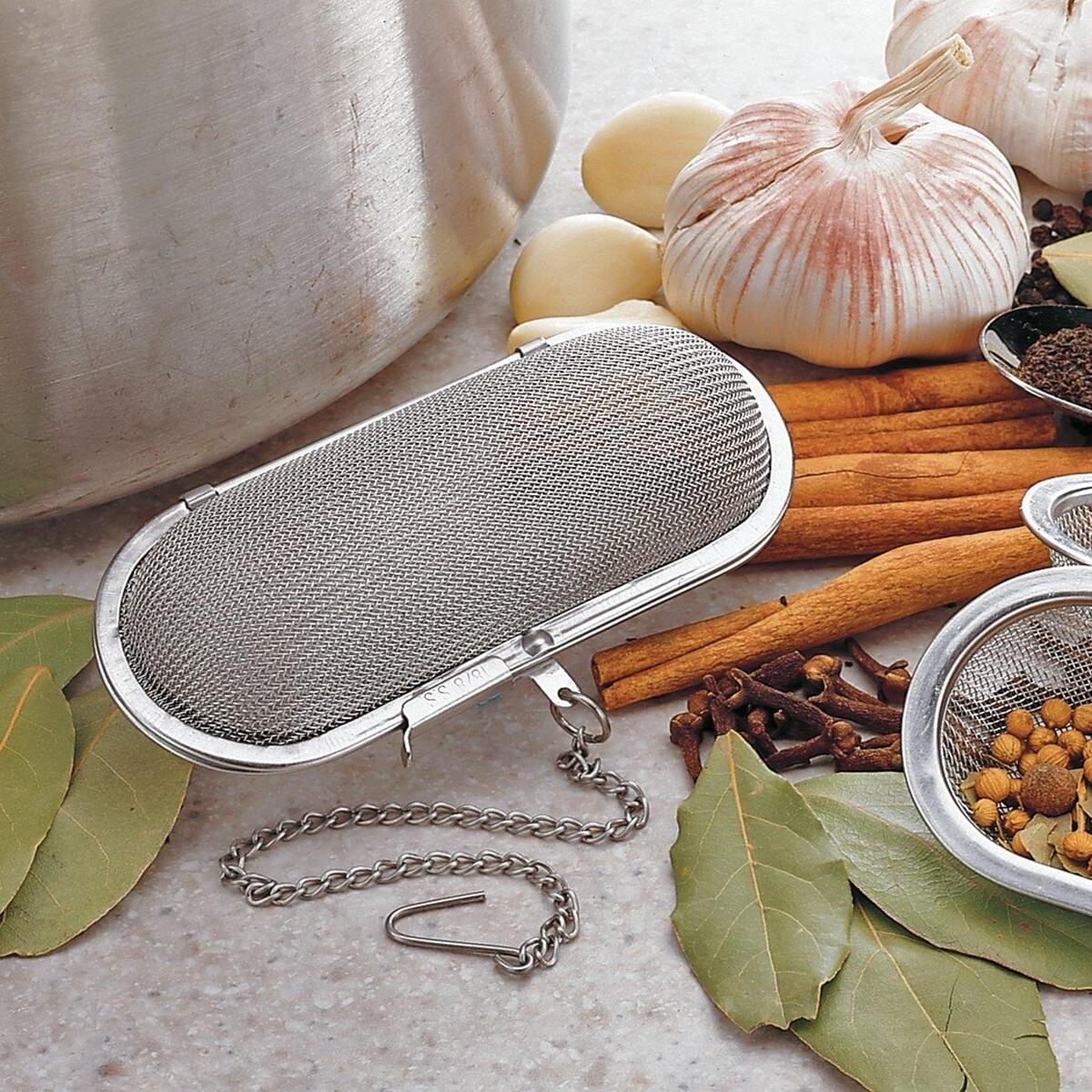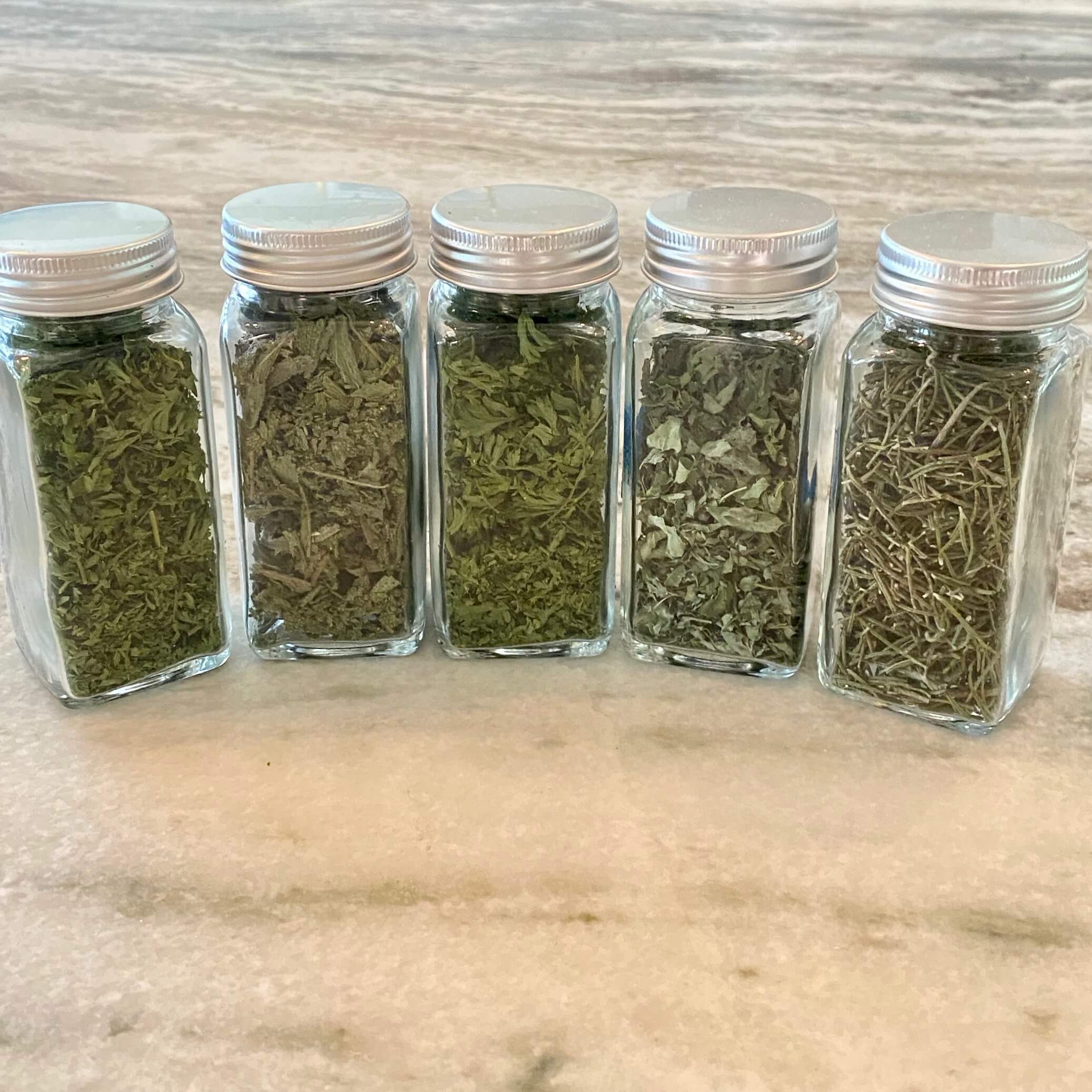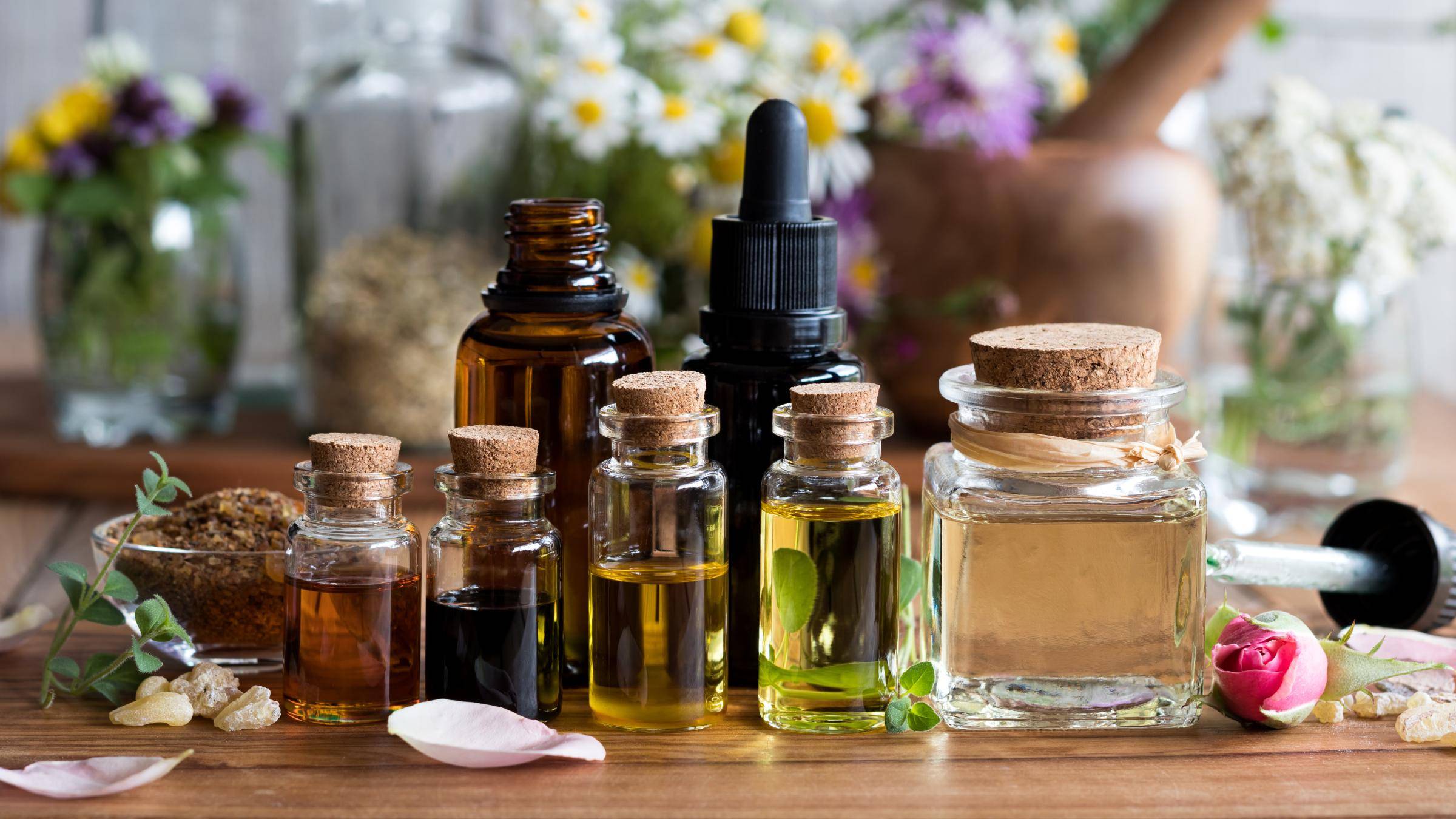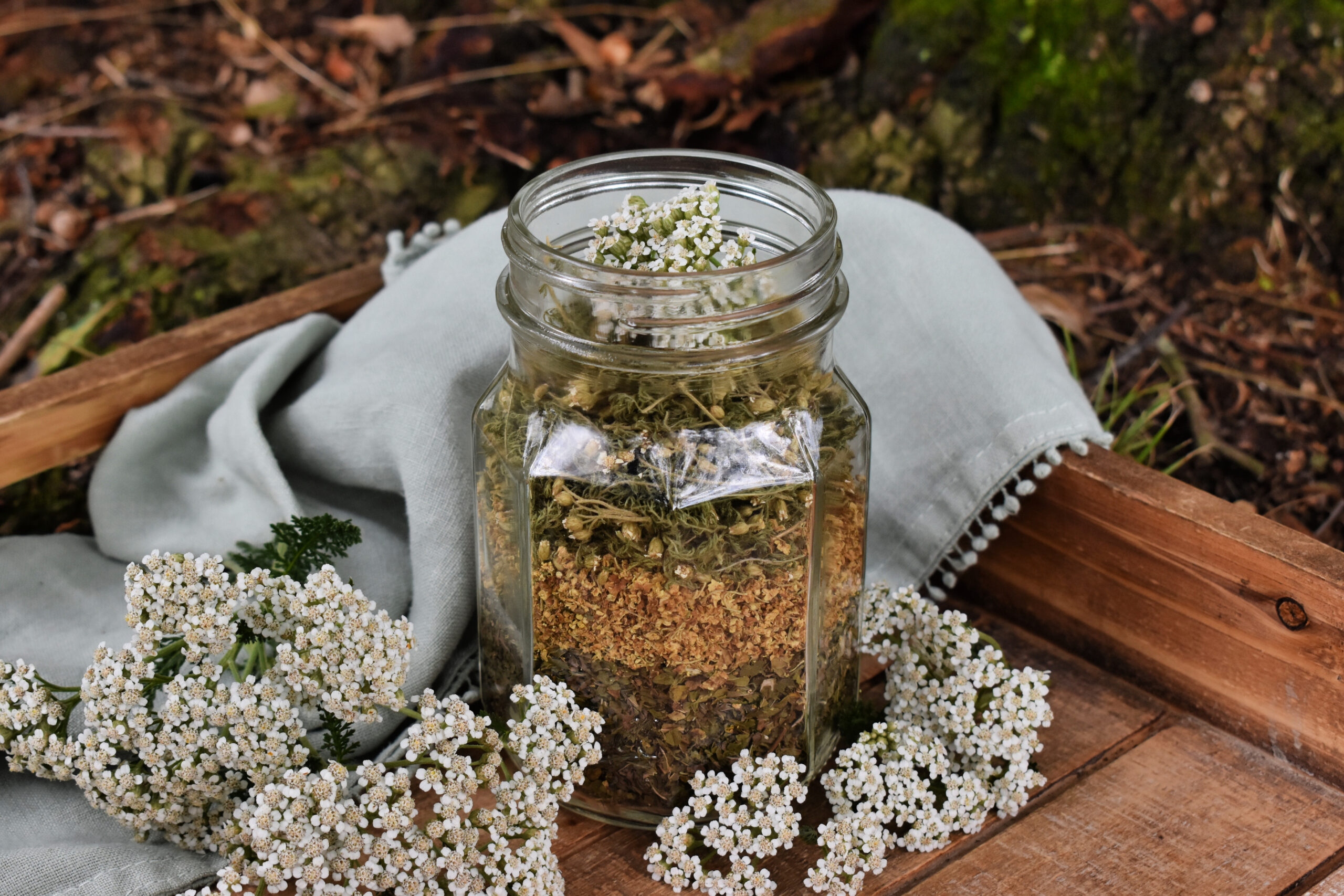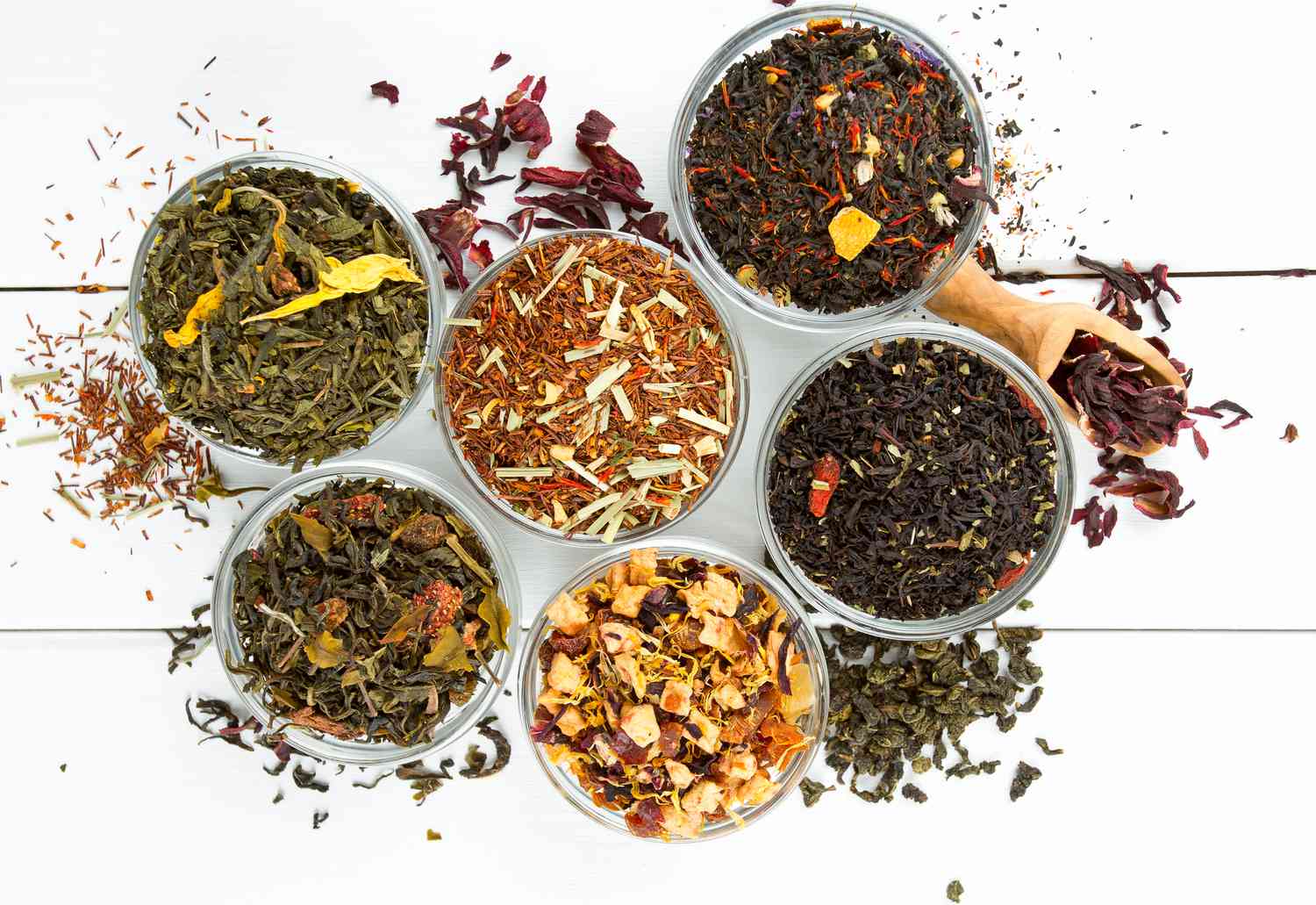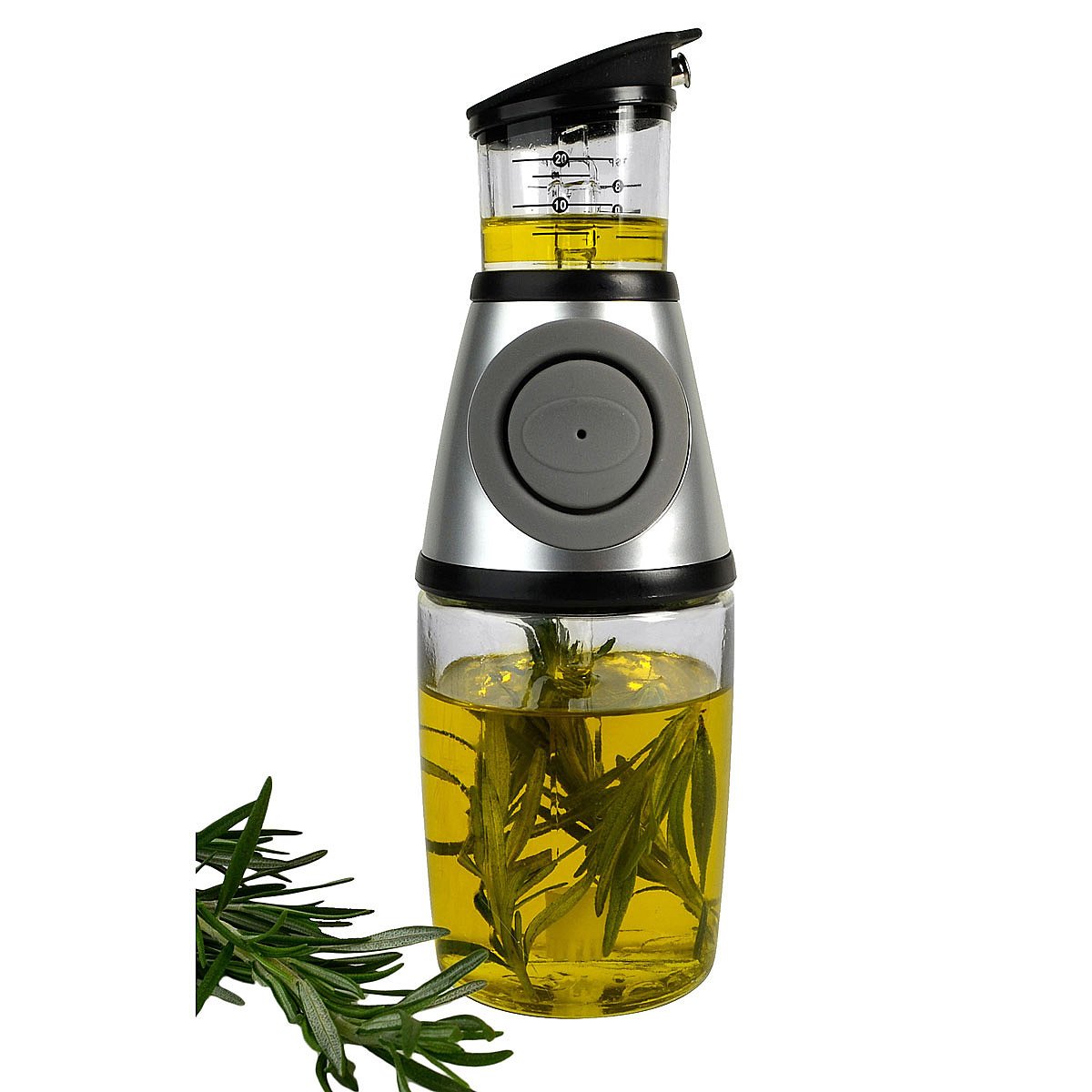Home>Gardening Techniques>Plant Care>How To Infuse Olive Oil With Dried Herbs


Plant Care
How To Infuse Olive Oil With Dried Herbs
Modified: January 22, 2024
Learn how to infuse olive oil with dried herbs and enhance your plant care routine. Discover the benefits and step-by-step process.
(Many of the links in this article redirect to a specific reviewed product. Your purchase of these products through affiliate links helps to generate commission for Chicagolandgardening.com, at no extra cost. Learn more)
Table of Contents
Introduction
Infusing olive oil with dried herbs is a fantastic way to elevate your culinary creations and add a burst of flavor to your dishes. Whether you’re a seasoned chef or an amateur cook, infusing olive oil with herbs is a simple and rewarding process that can be done in the comfort of your own kitchen.
Not only does infused olive oil make a delicious addition to marinades, dressings, and sauces, but it can also be used as a flavorful base for sautéing or drizzled over roasted vegetables, pasta, or bread. The possibilities are endless!
When done correctly, infusing olive oil with dried herbs retains the natural essences and aromas of the herbs, creating a delightful blend that can take your dishes to the next level. In addition to enhancing the taste of your culinary creations, infused olive oil also offers potential health benefits. Many herbs contain medicinal properties and antioxidants, which can be passed on to the oil during the infusion process.
In this article, we will guide you through the steps of infusing olive oil with dried herbs, from gathering your supplies to storing the final product. So, get ready to unleash your creativity in the kitchen and discover the wonderful world of herb-infused olive oil!
Step 1: Gather Your Supplies
Before you embark on your olive oil infusion journey, it’s important to gather all the necessary supplies. Here’s a list of items you’ll need:
- A clean glass jar with a tight-fitting lid: Choose a jar that can hold a sufficient amount of olive oil and herbs. Make sure the jar has been thoroughly washed and dried to avoid any contamination.
- High-quality extra virgin olive oil: Opt for a premium olive oil with a mild flavor, as it will allow the herbs to shine through. The quality of the olive oil greatly impacts the overall taste of the infused oil, so choose wisely.
- Dried herbs: Select your favorite dried herbs to infuse into the olive oil. Popular choices include rosemary, thyme, basil, oregano, and garlic. Feel free to get creative and experiment with different herb combinations to suit your taste preferences.
- A funnel: A funnel will make transferring the oil into the jar much easier and minimize spills.
- A clean, dry spoon: You’ll need a spoon to add the dried herbs to the olive oil.
- A clean, dry cloth or cheesecloth: This will be used later in the process to strain the infused oil and remove any herb remnants.
Once you have gathered all of the necessary supplies, you’re ready to move on to the next step of infusing the olive oil with herbs. Remember, using fresh, high-quality ingredients and properly sterilized equipment is crucial to ensure the best results and avoid any potential contamination.
Step 2: Choose Your Dried Herbs
When it comes to choosing the dried herbs for your infused olive oil, the options are endless. You can select a single herb or create a unique blend of herbs to customize the flavor to your liking. Here are a few popular herbs to consider:
- Rosemary: Known for its strong and aromatic flavor, rosemary adds a delightful earthiness to the infused oil. It pairs well with roasted vegetables, grilled meats, and bread.
- Thyme: With its subtle and slightly minty taste, thyme is a versatile herb that complements a wide range of dishes. It works well in pasta sauces, marinades, and roasted potatoes.
- Basil: A classic herb that brings a touch of sweetness and fresh aroma, basil is perfect for Italian-inspired dishes, such as caprese salad, pasta, and bruschetta.
- Oregano: Known for its robust and slightly bitter flavor, oregano adds a Mediterranean flair to the infused oil. It pairs well with tomato-based sauces, pizzas, and grilled vegetables.
- Garlic: If you’re a garlic lover, adding dried garlic to the olive oil will infuse it with a rich and pungent flavor. It’s great for sautéing, marinades, and dipping sauces.
Feel free to mix and match these herbs or explore other options like sage, parsley, mint, or even dried chilies for a spicy kick. The key is to choose herbs that complement the dishes you plan to use the infused oil in and resonate with your personal taste preferences.
Remember to use dried herbs rather than fresh ones, as fresh herbs can introduce moisture to the oil and increase the risk of bacterial growth. Dried herbs, on the other hand, are more stable and provide a concentrated flavor.
Now that you’ve selected your dried herbs, it’s time to move on to the next step of preparing the olive oil for infusion.
Step 3: Prepare the Olive Oil
Before you begin infusing the olive oil with herbs, it’s essential to prepare the oil to create the perfect environment for extraction of flavors. Here’s how to do it:
- Choose high-quality olive oil: Select a high-quality extra virgin olive oil for the best results. Look for olive oils that are cold-pressed and have a mild flavor, as they will allow the herbs to shine through without overpowering.
- Ensure the jar is clean and dry: Cleanliness is crucial when it comes to preserving the quality of your infused oil. Make sure your chosen glass jar has been thoroughly washed and dried to avoid any contaminants that could spoil the oil.
- Remove any residual moisture: Even a small amount of moisture can lead to microbial growth in the oil. Before pouring the olive oil into the jar, ensure that it is completely dry by wiping it with a clean, dry cloth or paper towel.
- Use a sterilized spoon: To prevent any contaminants from entering the oil, use a clean, dry spoon when transferring the dried herbs into the jar. Avoid using your hands directly.
By taking these precautions, you can ensure that your infused olive oil stays fresh, flavorful, and safe to consume. Now that the olive oil is thoroughly prepared, it’s time to move on to the exciting part – infusing it with herbs!
Step 4: Infuse the Olive Oil with Herbs
Now that you have your dried herbs ready and the olive oil prepared, it’s time to infuse the oil with the aromatic flavors of the herbs. Follow these steps to ensure a successful infusion:
- Add the dried herbs to the jar: Using a sterilized spoon, carefully place your chosen dried herbs into the clean glass jar. The amount of herbs you add will depend on your personal preference and the intensity of flavor you want to achieve. Start with a small amount and adjust to taste.
- Pour the olive oil into the jar: Slowly pour the prepared olive oil into the jar, ensuring that the herbs are completely covered. Leave some space at the top to allow for expansion during the infusion process.
- Secure the lid tightly: Once the olive oil is added, securely close the jar with the tight-fitting lid. This will help prevent any air from entering and maintain the quality of the infused oil.
- Shake and store the jar: Give the jar a gentle shake to distribute the herbs evenly throughout the oil. Then, find a cool, dark place to store the jar for the duration of the infusion process. Aim to leave it undisturbed for at least 1 to 2 weeks to allow the flavors to fully infuse into the oil.
During the infusion period, it’s important to periodically check on the oil to ensure that no mold or bacterial growth has occurred. If you notice any signs of spoilage, such as cloudiness, off smells, or strange textures, discard the oil immediately.
Remember, the longer you allow the herbs to infuse in the olive oil, the stronger the flavors will become. You can taste the oil along the way to monitor the flavor intensity and stop the infusion process when it reaches your desired taste.
Once the infusion period is complete and you’re satisfied with the flavor, it’s time to move on to the final step of straining and storing the infused oil.
Step 5: Strain and Store the Infused Oil
After patiently waiting for the herbs to infuse into the olive oil, it’s time to strain and store your beautifully flavored creation. Follow these steps to complete the process:
- Prepare a clean, dry cloth or cheesecloth: Place a clean cloth or a layer of cheesecloth over a fine-mesh strainer or funnel. Make sure the cloth is large enough to cover the entire straining area and remove any excess moisture from the oil.
- Slowly pour the infused oil: Carefully pour the infused oil from the jar through the cloth or cheesecloth-lined strainer. This will strain out the herbs and collect the smooth, flavorful oil.
- Gently squeeze the cloth: After the majority of the oil has passed through the strainer, gather the corners of the cloth or cheesecloth and gently squeeze to release any remaining oil trapped in the herbs.
- Transfer the oil to a clean, airtight container: Once the oil is fully strained, pour it into a clean, airtight glass container or bottle. This will help preserve the infused oil’s flavor and freshness for an extended period.
- Store in a cool, dark place: To maintain the quality and extend the shelf life of the infused oil, store it in a cool, dark place away from direct sunlight. Proper storage will help prevent the oil from becoming rancid and preserve its flavors for longer.
It’s important to note that homemade infused olive oil should be consumed within a reasonable timeframe. While the infused oil can last for several months when stored properly, it’s best to use it within 3 to 6 months to ensure optimum flavor and quality.
Now that you’ve completed the infusion process and stored your herb-infused olive oil, it’s time to enjoy its delightful flavors in your cooking. Experiment with different dishes, sauces, and dressings to add a burst of herbal goodness to your culinary creations. Get creative and savor the fruits of your labor!
Conclusion
Infusing olive oil with dried herbs is a wonderful way to enhance the flavors of your dishes and add a personal touch to your cooking. By following the simple steps outlined in this guide, you can create your own herb-infused olive oil that will elevate your culinary creations to new heights.
Start by gathering your supplies, including a clean glass jar, high-quality olive oil, and a selection of dried herbs. Choose herbs that complement your preferred flavors and experiment with different combinations to find your perfect blend.
Prepare the olive oil by ensuring that your jar and utensils are clean and dry. This will help maintain the freshness and quality of the infused oil. Carefully add the dried herbs to the jar and pour the olive oil over them, ensuring they are fully submerged.
Allow the herbs to infuse in the olive oil for a week or more, depending on your desired flavor intensity. During this time, store the jar in a cool, dark place and periodically check for any signs of spoilage.
Once the infusion period is complete, strain the oil through a clean cloth or cheesecloth to remove the herbs. Transfer the infused oil to a clean, airtight container and store it in a cool, dark place for future use.
Remember to use your infused oil within a few months to enjoy its optimal freshness and flavors. Incorporate it into your cooking to enhance the taste of salads, pastas, roasted vegetables, bread, and more.
With a little patience and creativity, you can create a variety of herb-infused olive oils to suit your culinary preferences. So, let your imagination run wild in the kitchen and savor the incredible flavors that homemade infused olive oil brings to your dishes.
